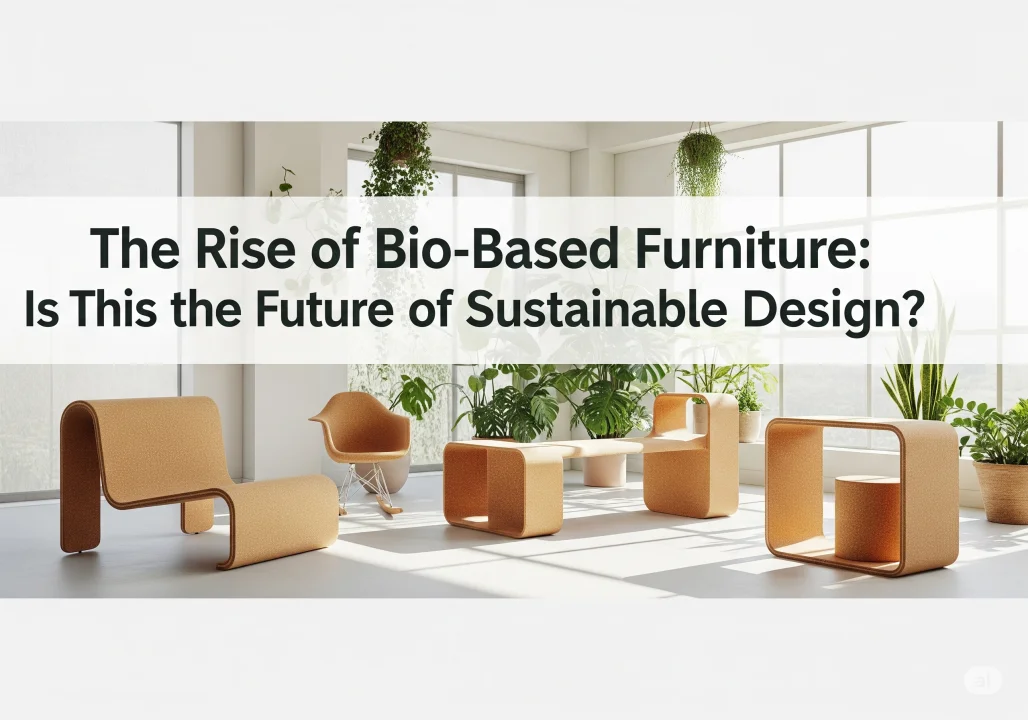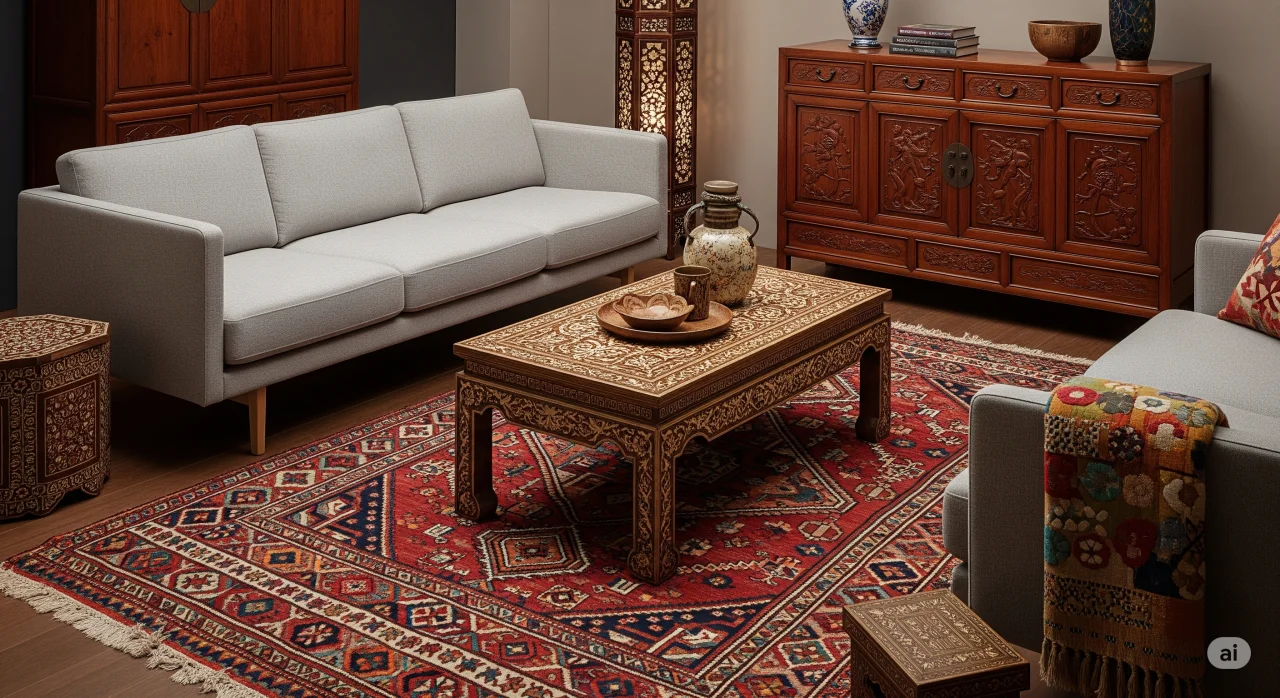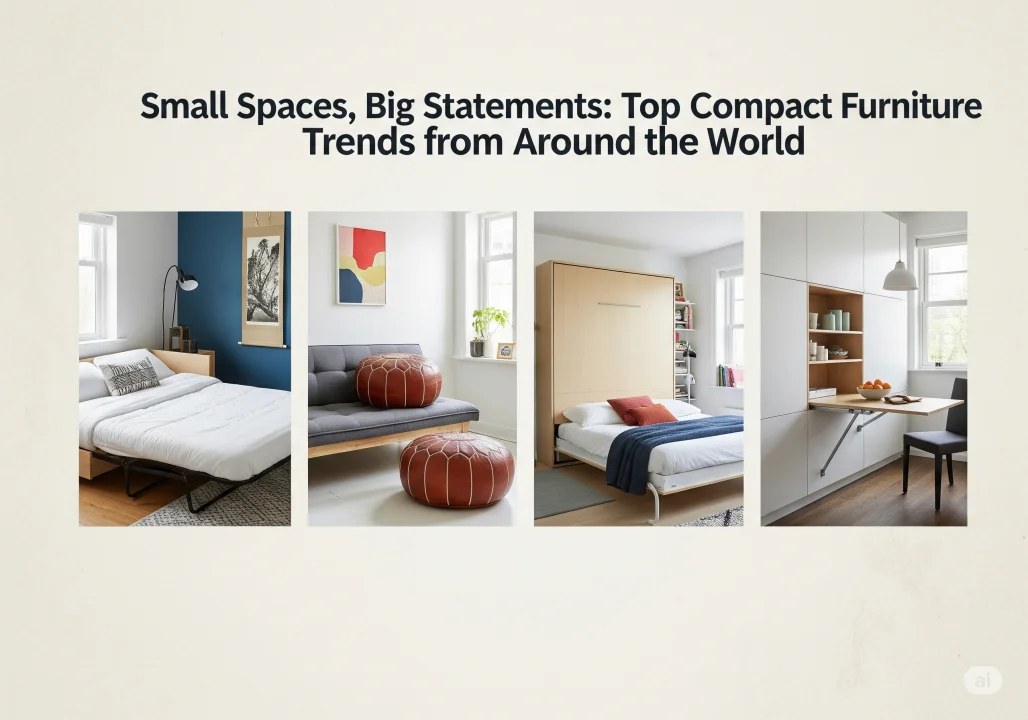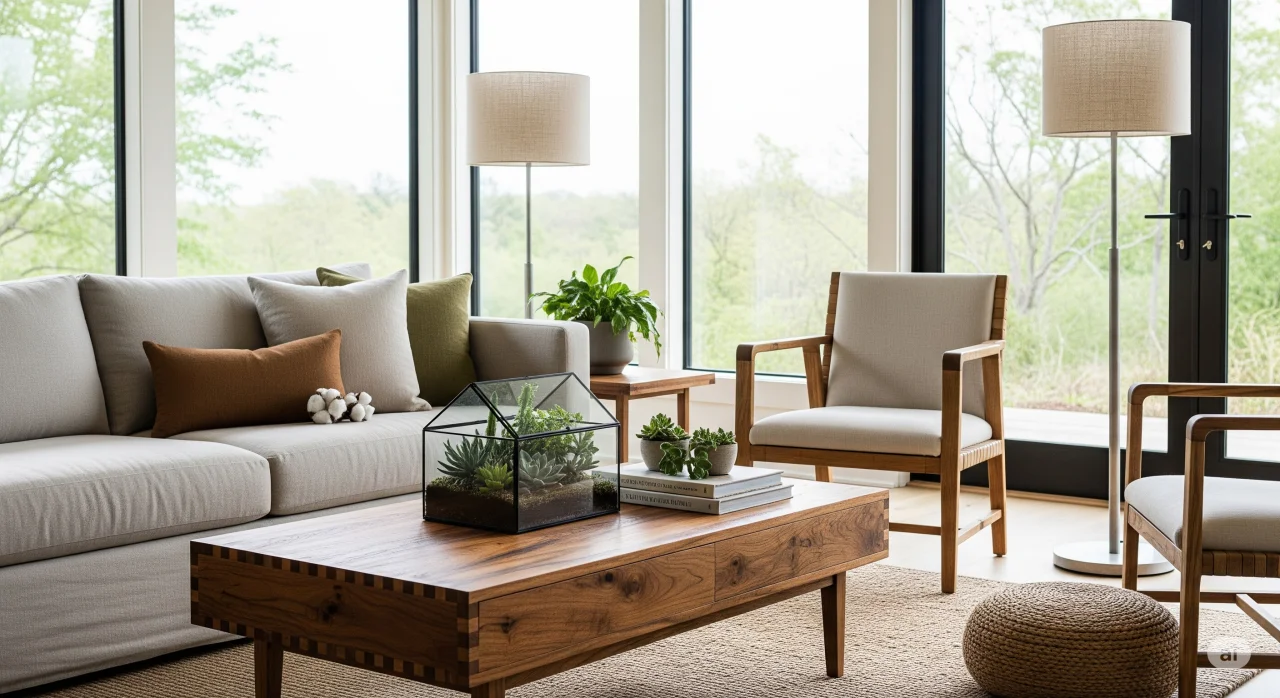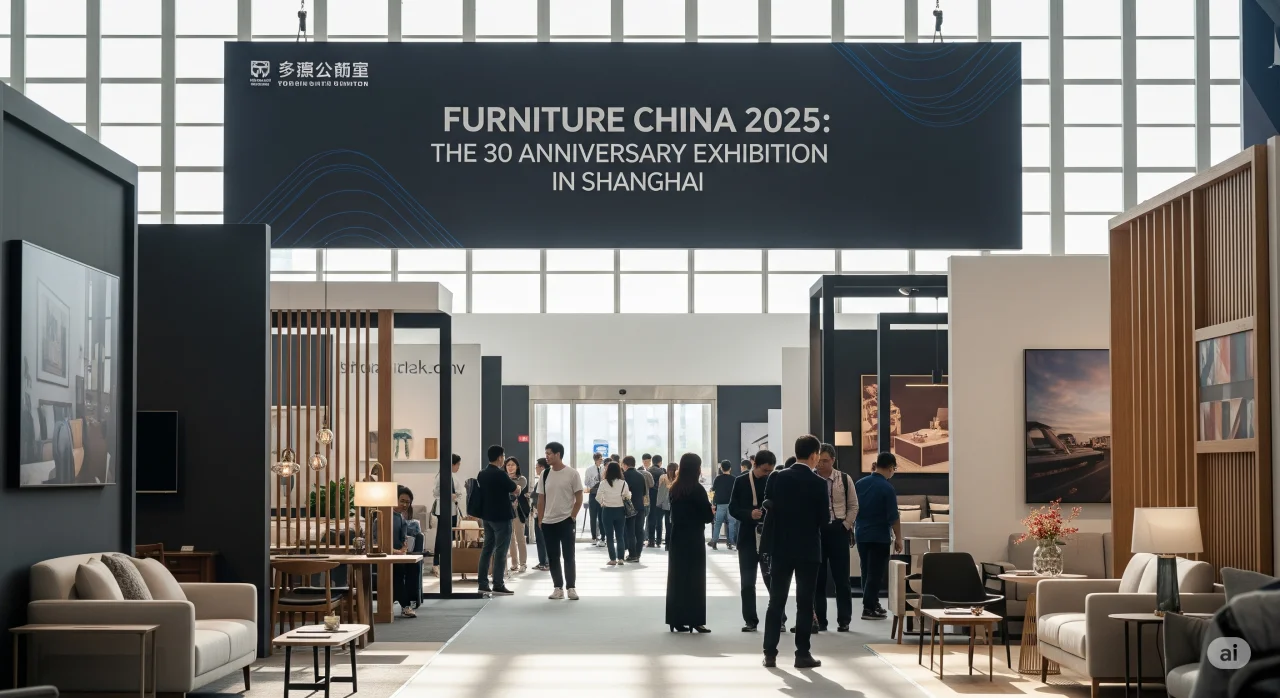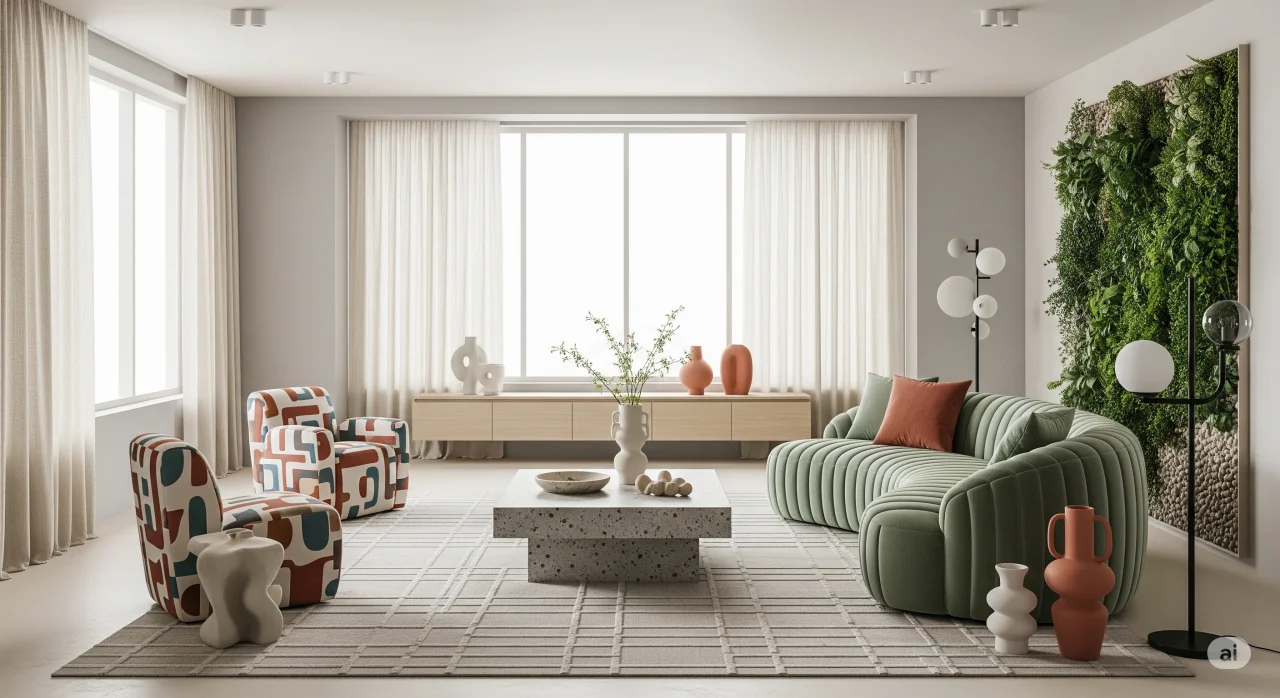As sustainability continues to redefine the future of design, bio-based furniture is emerging as a game-changer in the interior and furniture industries. Made from renewable, biodegradable materials like algae, mycelium, hemp, cork, and agricultural waste, bio-based furniture presents an environmentally responsible alternative to conventional furniture materials such as plastics, synthetic foams, and hardwoods harvested from endangered forests.
But is this just a trend, or are we witnessing the beginning of a long-term transformation in sustainable design?
What Is Bio-Based Furniture?
Bio-based furniture is crafted from natural, renewable materials that have a lower environmental footprint compared to traditional options. These materials are often biodegradable or compostable, making them significantly more eco-friendly throughout their lifecycle — from production to disposal.
Some commonly used bio-based materials in furniture design include:
- Mycelium (mushroom root systems)
- Hemp fibers
- Cork
- Bamboo
- Recycled agricultural residues
- Algae-based bioplastics
These materials are not only sustainable but also versatile, lightweight, and surprisingly durable when treated properly.
Why Bio-Based Furniture Is Gaining Momentum
- Environmental Impact:
Traditional furniture production is a major contributor to deforestation, carbon emissions, and landfill waste. Bio-based materials offer a regenerative approach that minimizes damage to ecosystems. - Circular Design Principles:
Many bio-based pieces align with circular economy models, meaning they are designed to be reused, repaired, or biodegraded rather than discarded. - Consumer Demand for Green Alternatives:
As eco-consciousness grows among consumers, so does the demand for sustainable furniture that reflects ethical values and healthier living environments. - Innovation in Materials Science:
Technological advancements are making it possible to produce bio-based materials at scale, with enhanced durability and design flexibility, making them viable for mainstream production.
Challenges Ahead
Despite the promise, bio-based furniture still faces a few obstacles:
- Higher production costs compared to mass-manufactured furniture
- Limited durability in some bio-materials unless specially treated
- Consumer awareness and education are still evolving
However, as demand rises and technology advances, these challenges are gradually being overcome.
Global Examples of Bio-Based Furniture in Action
- Netherlands-based designer Erik Klarenbeek developed a 3D-printed chair made from mycelium and straw.
- Italian brand Krill Design produces home accessories using orange and coffee waste.
- American startup Ecovative uses mushroom mycelium to create structural components and packaging — and is expanding into furniture.
Is This the Future of Sustainable Design?
The answer increasingly seems to be yes. With governments, designers, and consumers all pushing for climate-conscious solutions, bio-based furniture is no longer a niche concept — it’s becoming a central part of sustainable design philosophy.
From reducing our dependence on fossil-based plastics to creating healthier indoor spaces free from toxic chemicals, bio-based furniture reflects a holistic vision for the future: one where design doesn't come at the planet’s expense.
The rise of bio-based furniture marks a significant shift toward greener, smarter, and more responsible design practices. As materials innovation and sustainability converge, we may soon find that the furniture of the future not only looks good — but also does good.

